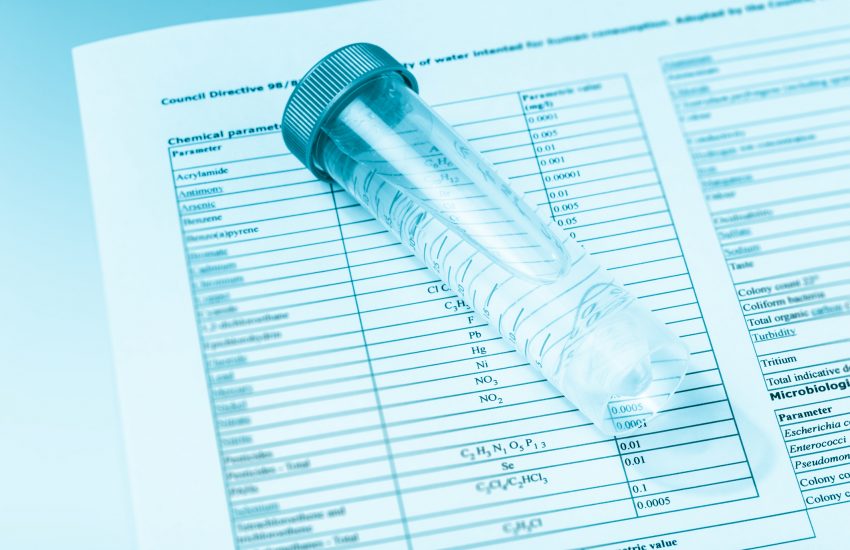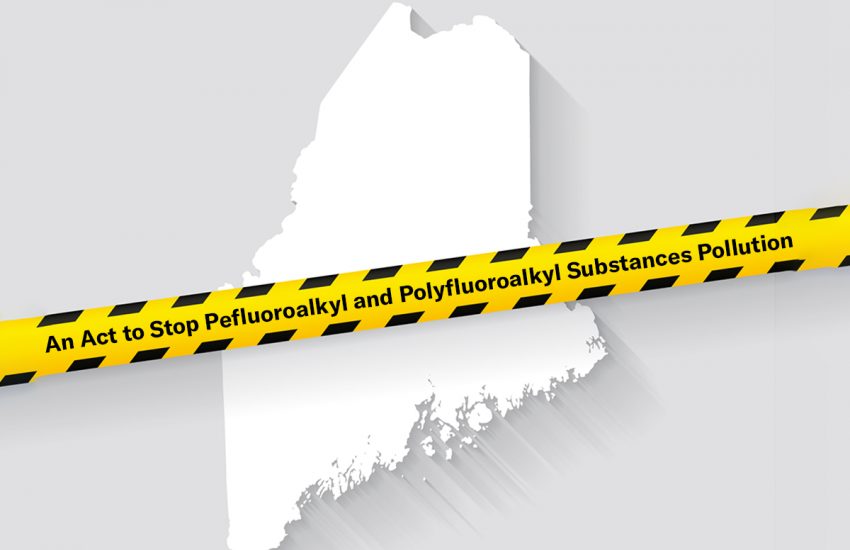On December 23, 2021, New York Gov. Kathy Hochul signed a new amendment to the public health law that will create New York’s first emerging contaminants list, and expand the number of chemicals to be included—many of which are per- and polyfluorinated substances (PFAS). Some say this new law establishes New York as perhaps the strictest jurisdiction in the U.S. with respect to testing drinking water for PFAS. Under the new legislation, titled “An act to amend the public health law, in relation to establishing …
Continue Reading









